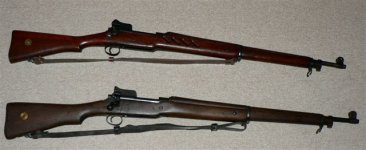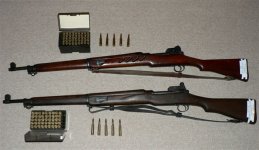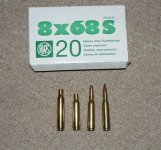Both the Germans and European allies recognized that the entry of the United States into the war would be critical.
The Germans might have had the better training and generalship, but that still didn't stop themselves from beating their armies, and their economy, to the point of exhaustion.
By spring and summer 1917, prior to any effective US involvement in the war, the German economy was starting to go south in a BIG way.
The 1916 harvest was, and the 1917 havest would prove to be, very disappointed and incapable of meeting German civilian and military needs.
Compounding that was the British coastal blockage that was quite effectively strangling Germany.
The German late summer offenses of 1917 and especially the spring 1918 western-front wide offensive was recognized to be Germany's last, best chance to win the war before the United States would throw a decisive economic and military advantage the allies way in 1919.
In the 1918 Spring offensive, the German Army in April came VERY close to staging the breakthrough that could have won it the war in the west.
"after allies had already sacrificed and ruined lives, livelihoods, cultures and economies on massive scales."
Whose fault was that? Certainly not America's.
World War I could have been handily prevented. World War II likely never would have happened had World War I been prevented, or had the Allies handled the peace process differently in 1919.
Simple fact of the matter is, though, that from virtually the outset of the War in 1914, American economic might had been denied to the Germans was doing a lot to prop up the Allied war effort.



